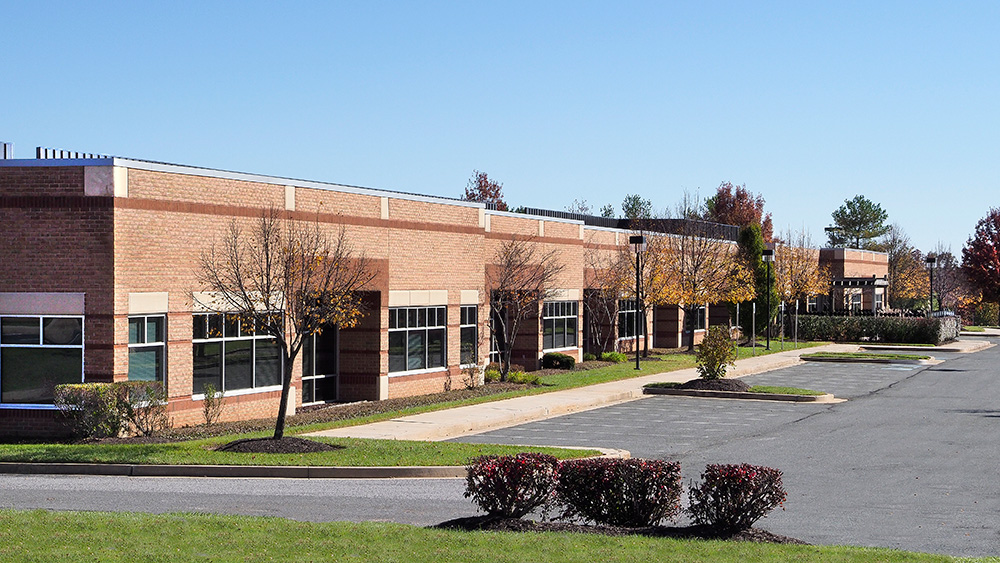Investor Resources
Why Multi-Tenant Properties Offer a Better Risk-Reward Ratio

Updated April 1, 2024.
Multi-tenant properties present a unique investment opportunity, offering tangible benefits over their single-tenant counterparts. They spread income sources across multiple leases, reducing the potential impact of a single tenant's departure. This distribution not only assures more consistent revenue but also provides a buffer against market volatility.
Additionally, multi-tenant properties typically enjoy higher foot traffic, making them more appealing to businesses seeking visibility and customer accessibility. Moreover, these properties often have a competitive edge in lease renewals due to the collaborative synergy created among the diverse tenant mix.
So, how does multi-tenant real estate compare to single-tenant properties when comparing the risk-reward ratio? Today, we talk about why they promise a superior risk-reward profile in commercial real estate.
What Does a Multi-Tenancy Property Mean?
A multi-tenant property, by definition, has more than one tenant. That may seem obvious!
Additionally, lease terms are generally shorter than those found in a single-tenant leased property and can typically range from 3–10 years. A multi-tenant property also has several benefits from an ownership/investor perspective, in addition to some disadvantages that make it a superior investment option when analyzing a risk-reward ratio.
First, we'll start with the advantages.
Multi-tenant Properties Generally Provide a Diversified Rent Roll
A diversified rent toll means these properties are leased to unrelated tenants in different businesses and across various industries.
If one tenant's business fails unexpectedly, the overall cash flow for the property may be reduced, but it does not become zero as it would in a single-tenant property. Additionally, if the overall economy suddenly affects one industry — such as government spending reductions for defense — tenants in other industries will likely not be impacted and will be able to sustain the property's cash flow.
Having multiple tenants all paying rent minimizes the risk or impact on your cash flow if one tenant suffers financially.
A Multi-Tenant Building is More Likely to Have Reusable Interior and Exterior Finishes
The sustainability of current finishes can significantly reduce tenant improvement costs for future tenants and enhance a specific space's marketability because prospective tenants will need less imagination to envision how the space will look and can more easily visualize themselves in that space.
In addition, the savings accrued to an owner by reusing existing walls can be significant. In today's market, completely eliminating all existing walls in an office space and replacing them in a different configuration could cost $40–$60 psf. Reusing most of the walls and replacing the paint and carpet could reduce the cost to $12–$15 psf.
For example, a 5,000 sf office suite would translate to savings of more than $200,000.
The Cash Flow Is More Sustainable
Investors experience more consistent cash flow from multi-tenant investments when comparing single tenant vs. multi tenant properties.
This is because the property has multiple leases with varying lease expiration dates. For example, although a multi-tenant property may only periodically achieve 100% occupancy — and typically be stabilized at 90–95% occupancy — it would take a catastrophe to experience 0% occupancy, as could be the case when a single-tenant property experiences vacancy.

Tenants in a Multi-Tenant Property Often Have Less Negotiating Strength
A tenant that occupies an entire building has significant negotiation strength because the owner would face 100% vacancy and no cash flow if that tenant vacates.
However, a tenant in a multi-tenant property may have far less negotiating strength due to its smaller size and far less impact on the property's overall cash flow. For example, if a tenant occupies 7–10% of the property's total space in a multi-tenant property and then vacates, the owner will still likely have sufficient cash flow from the other tenants to pay operating expenses and debt service.
Multi-Tenant Properties Offer a More Stabilized Value Throughout an Economic Cycle
A single-tenant property's value diminishes as the length of the lease term decreases. Based on our experience, a multi-tenant property's value tends to stabilize more because of its varying lease expirations and diverse rent roll.
Although a multi-tenant property's capitalization rate may be higher (meaning less valuable) than a single-tenant property when the tenant's lease has more than 7–10 years remaining, the opposite is generally true when the single-tenant property has less than seven years of lease term remaining.
Because value is so dependent on the lease term for a single-tenant property, a multi-tenant property can offer a more stabilized value and less risk to the owner or investor through an economic cycle.
Multi-Tenant Rents Adjust to the Market More Quickly
Due to the generally shorter lease terms of single-tenant properties, rents are not regularly adjusted. However, multi-tenant property rents typically adjust to market annually, which is a big reason why investors prefer this type of asset.
Are There Any Disadvantages to Investing in Multi-Tenant Buildings?
No perfect investments exist, although we believe multi-tenant buildings are the best option for building wealth!
Some of the disadvantages of owning or investing in a multi-tenant property include:
-
Increased property management needs. In a multi-tenant property, the owner is typically responsible for maintaining and repairing the common areas, such as landscaping, the parking lot, and the roof. This results in the owner needing to be "hands-on" and develop relationships with service providers and contractors.
-
Multiple rent payments to track. Since there are more leases, the owner will receive multiple rent checks, which can be more time-consuming. There is also the potential that some rents may be late, which will require collection efforts.
-
More frequent lease renewals and negotiations. With more tenants, the property owner will also negotiate new and renewal leases more frequently.
However, a high-quality and experienced property management company can mitigate all of the aforementioned risks. Multi-tenant investing is easier and more profitable with a team like Kenwood Management handling tenants, maintenance, leases, and more!
Kenwood Management Reduces Risks and Increases Profitability for Multi-Tenant Property
Kenwood Management Company possesses the systems and processes to effectively address and manage every factor required for investing in and operating successful multi-tenant solutions. We understand the local real estate markets and offer our clients an extensive wealth of knowledge on how to create the most value possible.
If you want to find out whether a multi-tenant property is right for you and your business goals, contact us today to learn more.

